Prefabricated homes, once seen as a quick and affordable solution for housing, have undergone a remarkable transformation over the years. What began as simple, modular designs has evolved into a sophisticated and sustainable approach to modern living. Today, prefabricated homes offer more than just convenience. They embody innovation, style, and a commitment to environmental responsibility. In this article, we’ll take a closer look at the evolution of prefabricated homes and explore how they’ve become a key player in the movement toward sustainable living. For more information, visit www.houzz.de/hznb/projects/fertighaus-oder-massivhaus-ein-umfassender-vergleich-der-vor-und-nachteile-pj-vj~7430828.
The Early Days: Modular Beginnings
 The concept of prefabricated homes isn’t new. It dates back to the early 20th century when the idea of manufacturing house components in a factory and assembling them on-site began to take hold. These early prefabs were often modest, functional structures designed to meet the housing demands of a rapidly growing population.
The concept of prefabricated homes isn’t new. It dates back to the early 20th century when the idea of manufacturing house components in a factory and assembling them on-site began to take hold. These early prefabs were often modest, functional structures designed to meet the housing demands of a rapidly growing population.
They offered a practical solution for quick construction, particularly during times of economic hardship or in response to housing shortages. One of the most iconic examples of early prefabricated homes is the Sears Catalog Home, which allowed customers to order a house kit by mail. These kits included everything needed to build a home, from lumber to nails, and could be assembled on-site in a matter of weeks.
The Rise of Modern Modular Homes
As construction techniques and materials advanced, so did the design and quality of prefabricated homes. By the mid-20th century, modular homes, where entire sections or modules of the home were …

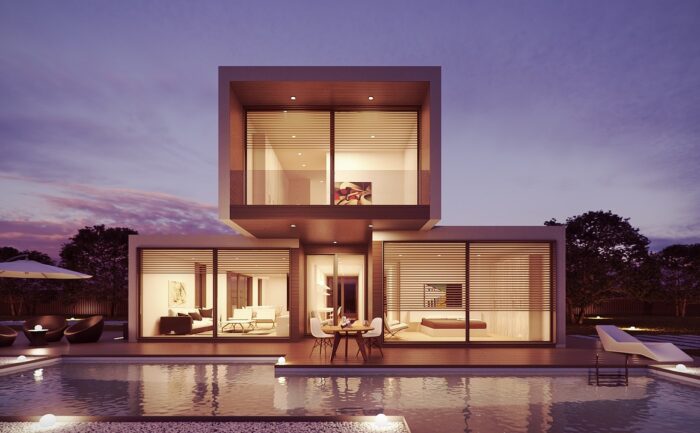

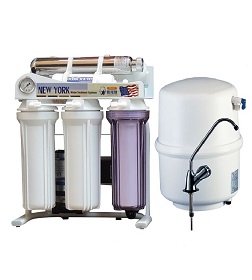 The most obvious reason to install a home water filtration system is because of the safety and cleanliness it provides. A good system will remove potentially harmful contaminants from your water, such as chlorine and lead. This helps prevent illness or disease caused by consuming contaminated water. On the other hand, if you want to buy a faucet water filter, you should read a buyer’s guide and review to know some important
The most obvious reason to install a home water filtration system is because of the safety and cleanliness it provides. A good system will remove potentially harmful contaminants from your water, such as chlorine and lead. This helps prevent illness or disease caused by consuming contaminated water. On the other hand, if you want to buy a faucet water filter, you should read a buyer’s guide and review to know some important 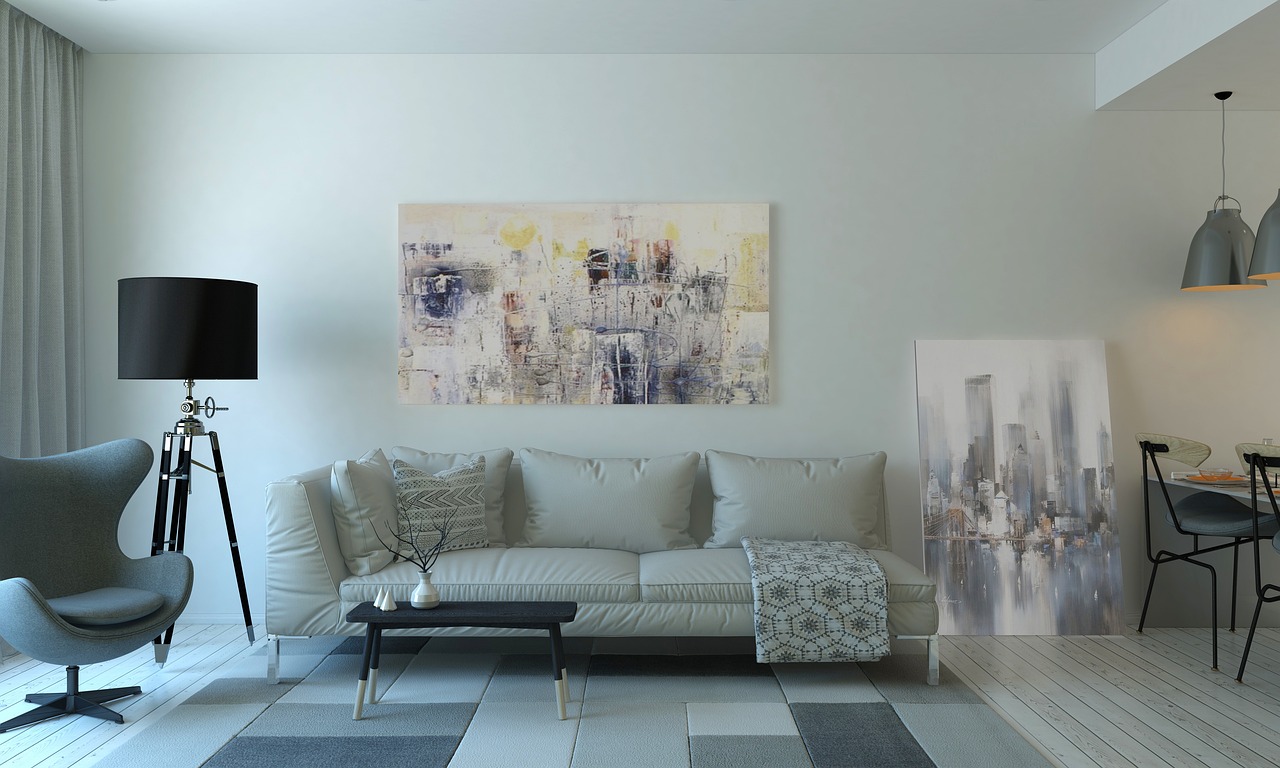
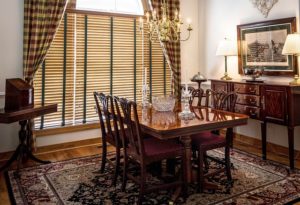 The first home decor essential you need for a stylish space is an area rug. Not only do they add color and pattern to a room, but they also help to define the space and make it feel more intimate. If you like western-inspired designs, you can now buy rugs with western themes. If you are interested in purchasing one, you should first read an article about
The first home decor essential you need for a stylish space is an area rug. Not only do they add color and pattern to a room, but they also help to define the space and make it feel more intimate. If you like western-inspired designs, you can now buy rugs with western themes. If you are interested in purchasing one, you should first read an article about 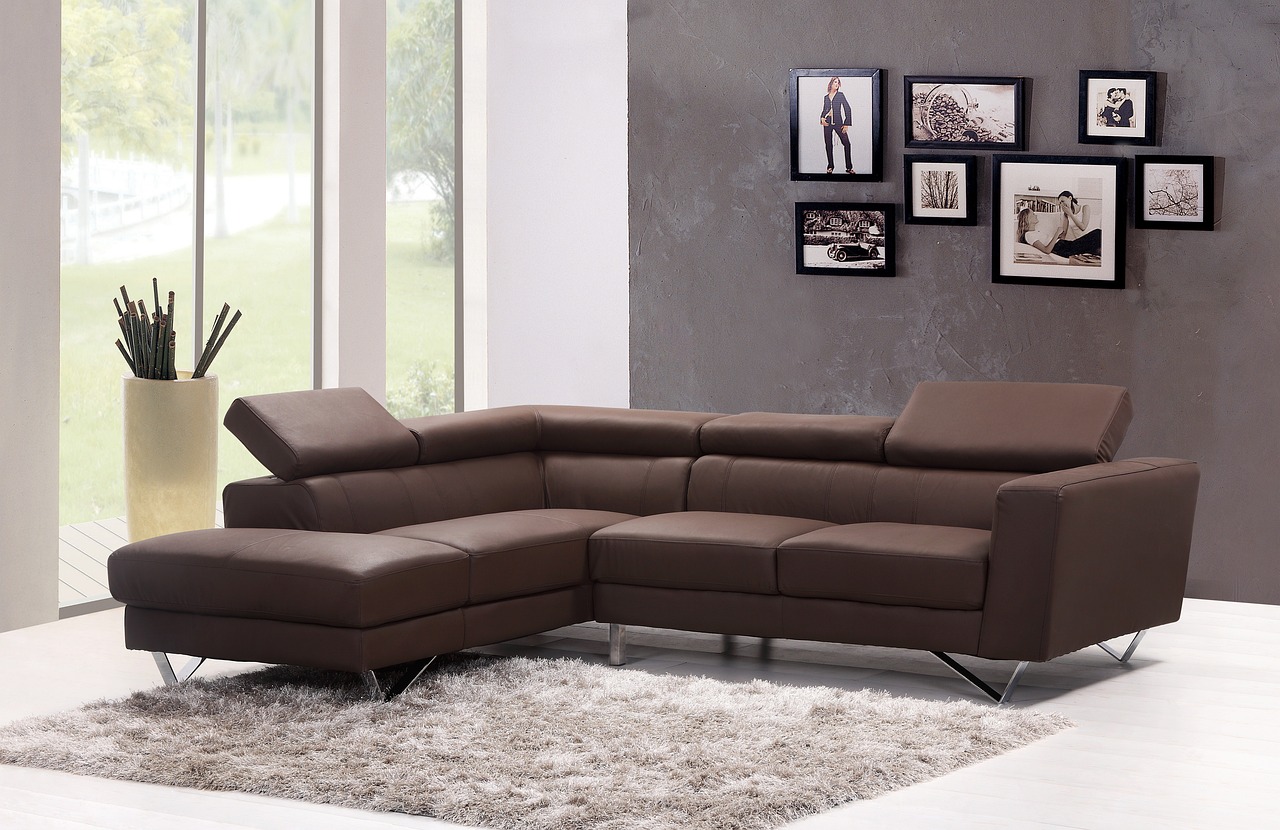
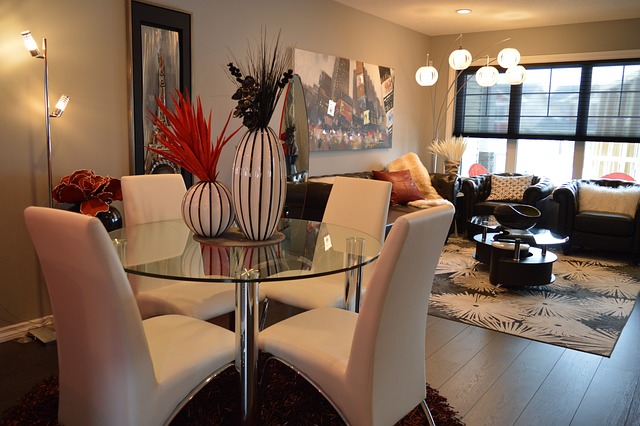
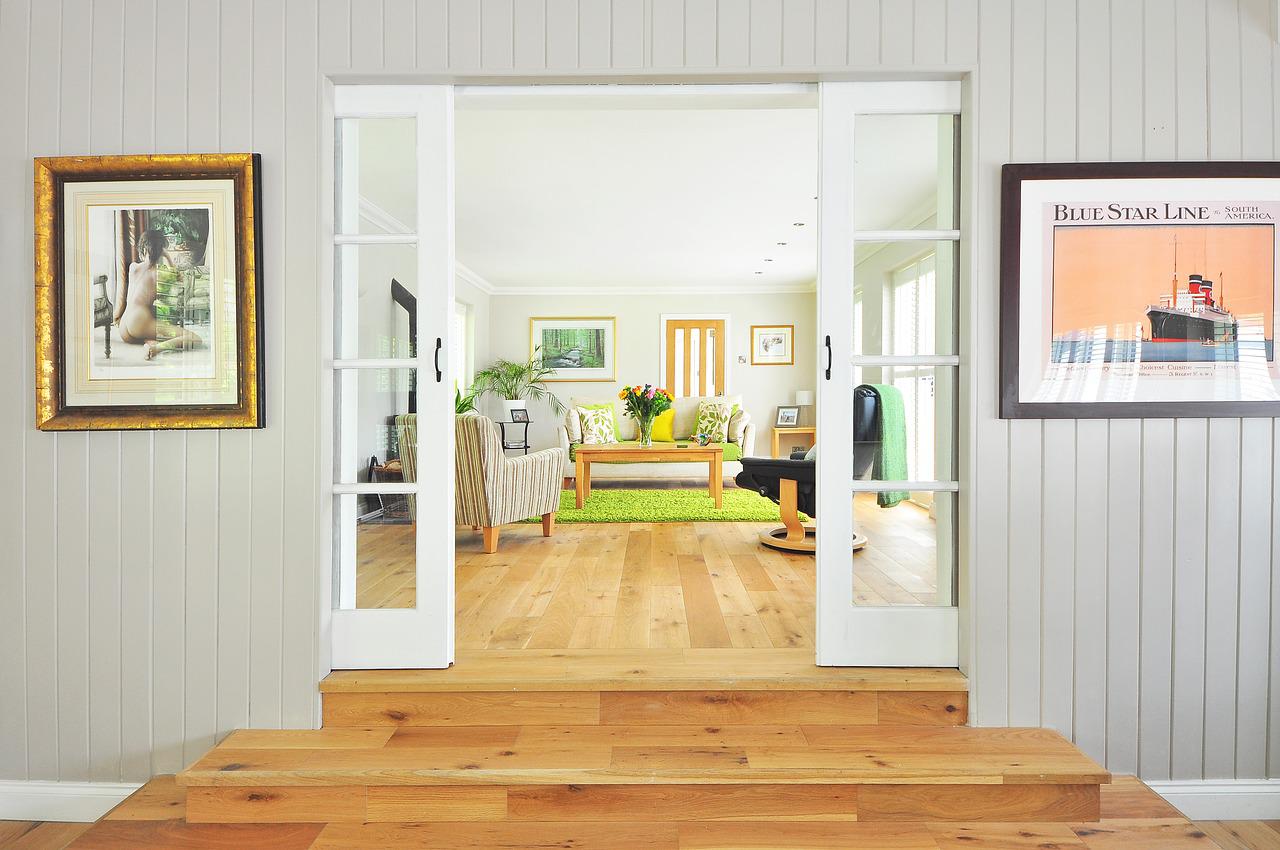
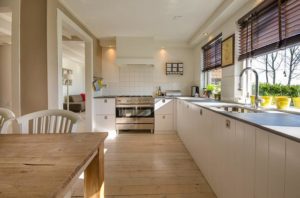 Eco-friendly homes require less maintenance than traditional homes. It is because eco-friendly buildings are made with sustainable materials designed to last. For example, recycled steel beams can last up to 100 years without rusting, while traditional wood beams only have a lifespan of around 30 years. In addition, eco-friendly insulation is made from sustainable materials like wool and cotton, which are naturally fire resistant. It means you won’t have to worry about replacing your insulation often, saving you money in the long run.
Eco-friendly homes require less maintenance than traditional homes. It is because eco-friendly buildings are made with sustainable materials designed to last. For example, recycled steel beams can last up to 100 years without rusting, while traditional wood beams only have a lifespan of around 30 years. In addition, eco-friendly insulation is made from sustainable materials like wool and cotton, which are naturally fire resistant. It means you won’t have to worry about replacing your insulation often, saving you money in the long run.
 If you feel like you have some uninvited guests in your home, it is time to call a professional exterminator. A good exterminator will be able to identify the type of pest you are dealing with and come up with a plan to get rid of them. They will also be able to provide you with tips on how to keep pests away in the future. Not all pests are created equal, so it is crucial to find an exterminator specializing in the type of pest you are dealing with. For example, if you have a termite problem, you will want to find an exterminator that specializes in termites. The same goes for other types of pests like rodents, cockroaches, and ants.
If you feel like you have some uninvited guests in your home, it is time to call a professional exterminator. A good exterminator will be able to identify the type of pest you are dealing with and come up with a plan to get rid of them. They will also be able to provide you with tips on how to keep pests away in the future. Not all pests are created equal, so it is crucial to find an exterminator specializing in the type of pest you are dealing with. For example, if you have a termite problem, you will want to find an exterminator that specializes in termites. The same goes for other types of pests like rodents, cockroaches, and ants.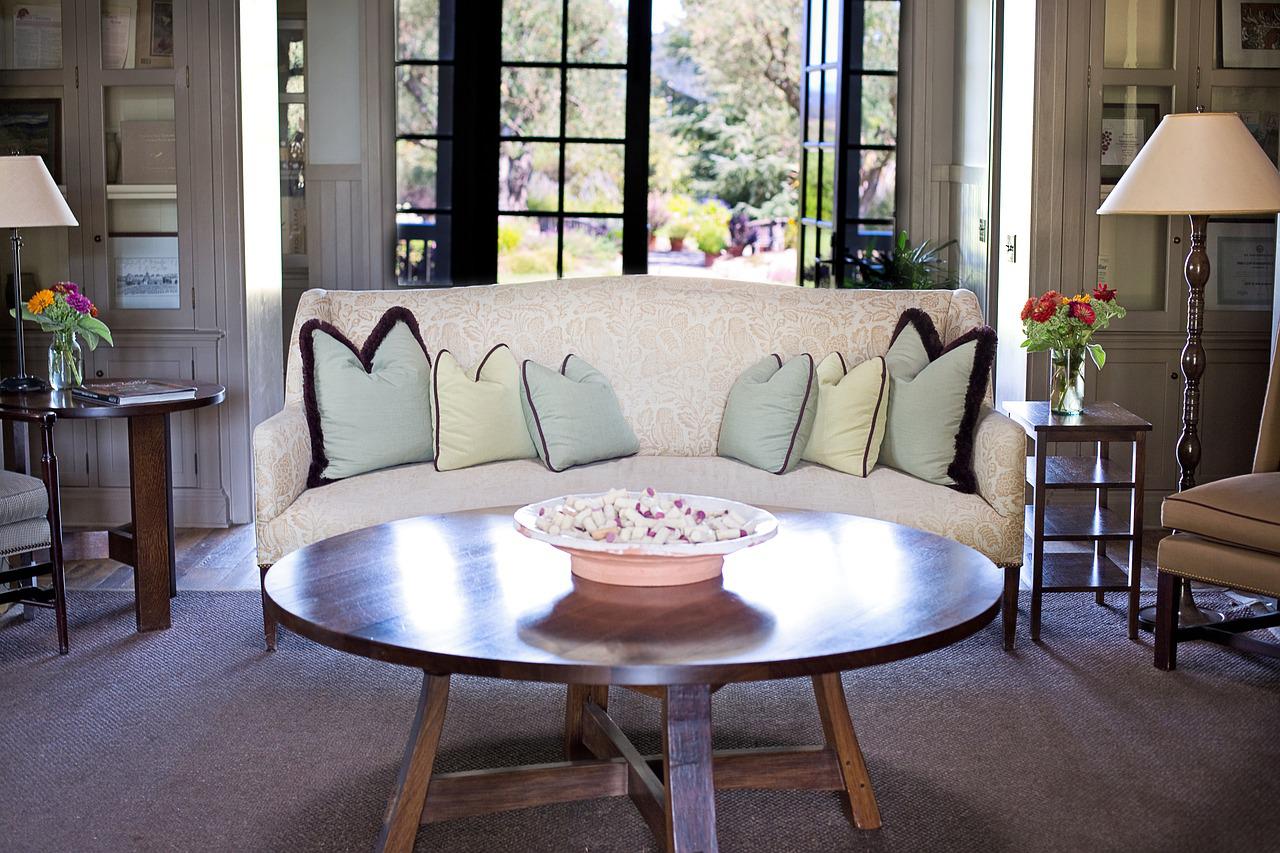

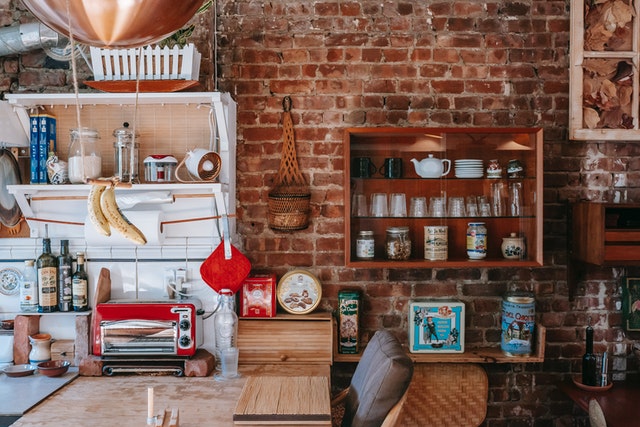
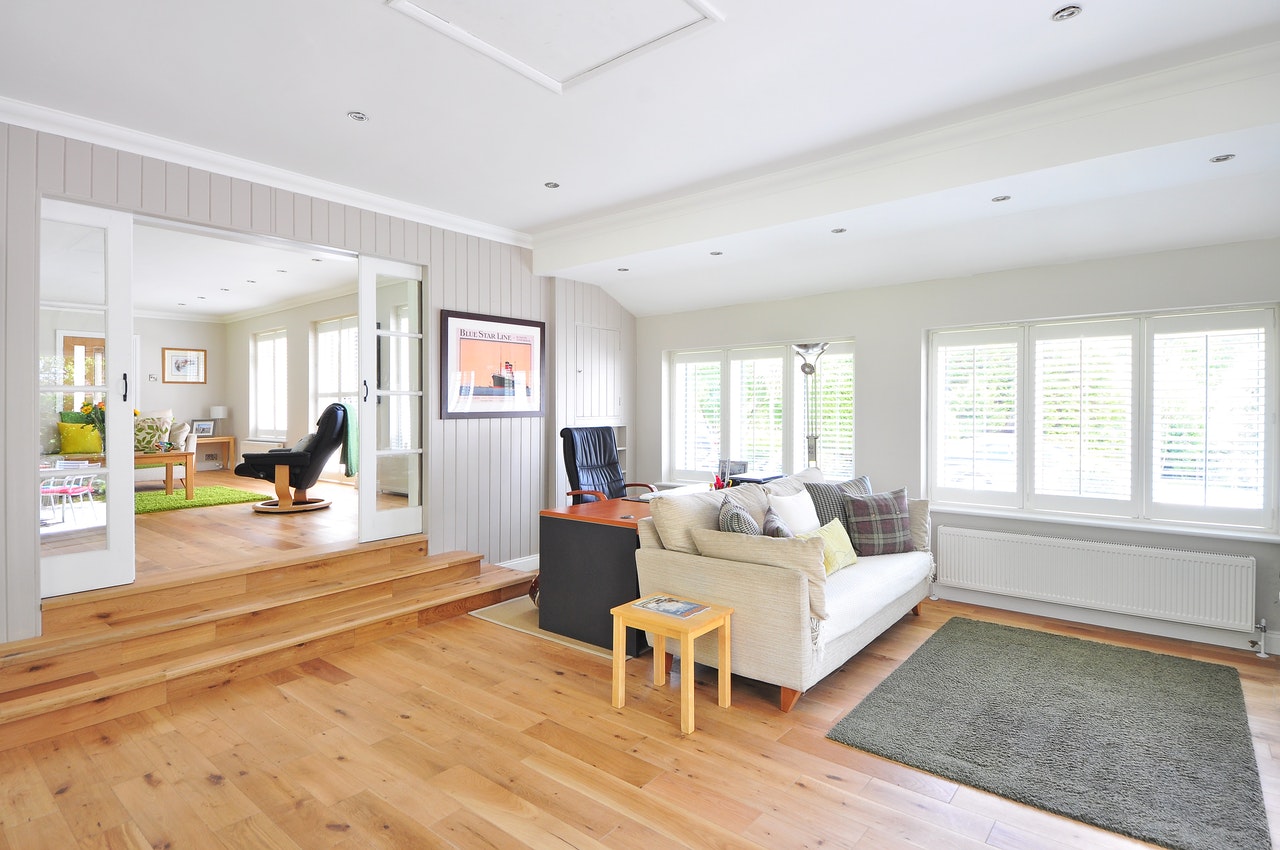
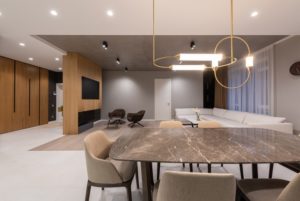 Epoxy can promote a smoother surface for your flooring. This is because epoxy can fill in gaps and cracks that may be present in your flooring. This can create a smoother overall appearance for your floors and make them easier to clean. Many homeowners choose epoxy floors for this reason alone. In fact, celebrities such as Kim Kardashian and Khloe Kardashian have chosen epoxy floors for their homes. They are known for their love of all things clean and sleek, so it’s no surprise that they would prefer a flooring option that can provide them with those benefits.
Epoxy can promote a smoother surface for your flooring. This is because epoxy can fill in gaps and cracks that may be present in your flooring. This can create a smoother overall appearance for your floors and make them easier to clean. Many homeowners choose epoxy floors for this reason alone. In fact, celebrities such as Kim Kardashian and Khloe Kardashian have chosen epoxy floors for their homes. They are known for their love of all things clean and sleek, so it’s no surprise that they would prefer a flooring option that can provide them with those benefits.
 The first step to creating a
The first step to creating a